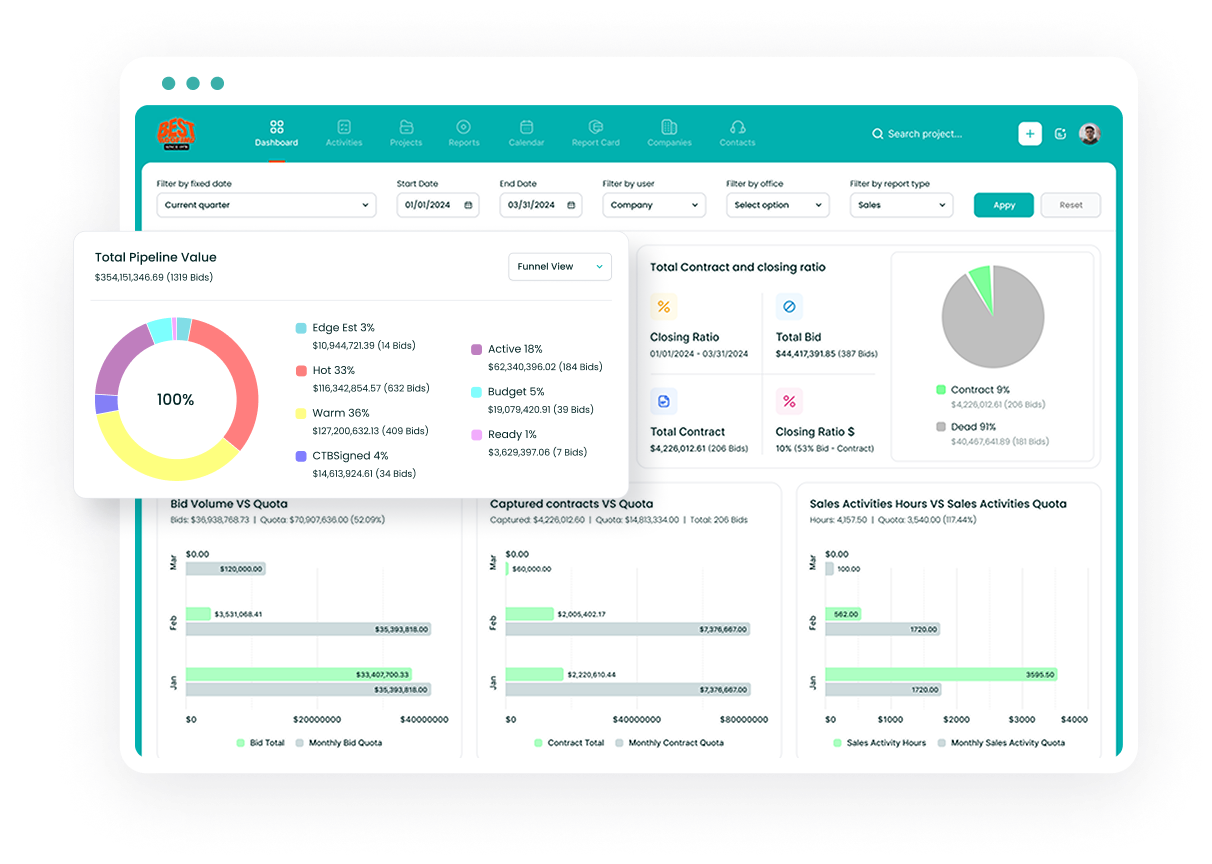Prerequisites and Requirements
Before beginning the SMTP configuration process, ensure you have:
- Sage 100 version 2021.4 or higher for OAuth support
- Valid SMTP server credentials from your email provider
- Administrative access to Sage 100
- Your email server's connection details (address, port, encryption type)
Basic SMTP Configuration Steps
To configure your SMTP settings in Sage 100, follow these essential steps:
Access the configuration menu by navigating to Library Master > Main menu > Company Maintenance[1]. Once there, select your company code from the lookup menu. This will open the primary configuration interface where you can modify your email settings.
Enter the following details in the appropriate fields:
- SMTP Server Address: Input your email provider's DNS address or IP address
- Port Number: Enter the designated port (common ports are 25, 465, or 587)
- User ID: Your email account login credentials
- Password: The corresponding password for your email account
- Domain: Your email domain name (if required by your SMTP server)
Understanding SMTP Encryption Options
Sage 100 offers three encryption types for secure email transmission:
None (Port 25) Basic unencrypted communication, typically using port 25. This option is not recommended for sensitive information.
SSL (Port 465) Also known as Implicit SSL, this option encrypts the entire communication session from start to finish.
TLS/Start TLS (Ports 25, 443, or 587) This option begins unencrypted but switches to encrypted communication when authentication occurs.
Advanced Configuration Settings
For enhanced security and functionality, configure these additional settings:
Enable 128-bit encryption for password-protected documents by selecting the appropriate checkbox in the configuration menu. This adds an extra layer of security for sensitive documents.
If using Microsoft 365, you'll need to implement OAuth authentication for modern security standards. This is mandatory for versions 2021.4 and higher, as Microsoft has deprecated older authentication methods.
Testing Your SMTP Configuration
After entering your settings, it's crucial to verify they work correctly:
- Click the "Test Email" button in the Company Maintenance screen
- Enter the following information in the test window:
- From Email Address
- Subject Line
- To Email Address (use an address you can access)
- Click "Send" to initiate the test
If successful, you'll receive a confirmation message. If the test fails, you'll get an error message indicating what went wrong.
Troubleshooting Common Issues
If you encounter problems with your SMTP configuration, try these troubleshooting steps:
- Verify Network Connectivity:
- Test the SMTP connection using Telnet from your Sage server
- Check if your firewall is blocking the SMTP port
- Review Authentication:
- Double-check your username and password
- Verify that your email provider hasn't implemented new security requirements
- Port Configuration:
- Try alternative ports if the default isn't working
- Ensure your network allows traffic on the selected port
Security Considerations
Modern email security requires attention to several key areas:
TLS Requirements As of September 2023, Sage 100 requires TLS 1.2 support. Older versions using TLS 1.0 or 1.1 will only function in read-only mode.
OAuth Implementation For Microsoft 365 users, OAuth authentication is now mandatory. This provides enhanced security and meets Microsoft's modern authentication requirements.
Best Practices for Email Configuration
To maintain optimal email functionality in Sage 100:
- Regular Testing Perform periodic test emails to ensure continued functionality
- Security Updates Keep your Sage 100 version current to maintain compatibility with evolving email security standards
- Documentation Maintain records of your SMTP configuration for troubleshooting and backup purposes
Future-Proofing Your Configuration
Stay prepared for upcoming changes:
- Monitor vendor announcements about authentication changes
- Plan regular updates to maintain compatibility with email providers
- Document your configuration procedures for future reference
Email Client Integration
For users requiring Microsoft Outlook integration:
- Configure standard email settings in your email client
- Ensure proper synchronization between Sage 100 and your email system
- Test the integration thoroughly before deploying to users
Performance Optimization
To maintain optimal email performance:
- Monitor email delivery rates
- Review server logs regularly
- Implement appropriate timeout settings
- Configure retry attempts for failed emails
Maintenance and Updates
Regular maintenance ensures continued email functionality:
- Review security certificates
- Update authentication credentials as needed
- Monitor system logs for potential issues
- Keep documentation current
Compliance and Security
Ensure your email configuration meets security requirements:
- Implement appropriate encryption levels
- Maintain audit trails of email transactions
- Follow industry-specific compliance requirements
- Regular security reviews and updates
Conclusion
Properly configured SMTP settings are essential for reliable email functionality in Sage 100. Regular maintenance, security updates, and proper configuration will ensure continued operation of your email systems. Keep your system updated to maintain compatibility with modern security standards and authentication requirements.
Remember to regularly test your configuration and stay informed about changes in email security requirements from your provider. This proactive approach will help prevent email disruptions and maintain secure communication channels for your business operations.
Citations: [1] https://www.acutedata.com/smtp-email-server-address-encryption-login-settings/ [2] https://www.bloggingpro.com/blog-best-practices/ [3] https://www.accountingadvice.co/sage-erp-sendmail-smtp/ [4] https://www.smtp2go.com/setupguide/sage-100/ [5] https://africalics.org/blog-writing-guideline/ [6] https://www.wix.com/blog/how-to-write-a-blog-post-with-examples [7] https://www.semrush.com/blog/how-to-write-a-blog-post/ [8] https://www.blogtyrant.com/how-to-write-the-perfect-blog-post/ [9] https://www.dsdinc.com/assets/sage-100/security/ [10] https://www.swktech.com/configuring-authentication-sage-100-microsoft-365-oauth/

